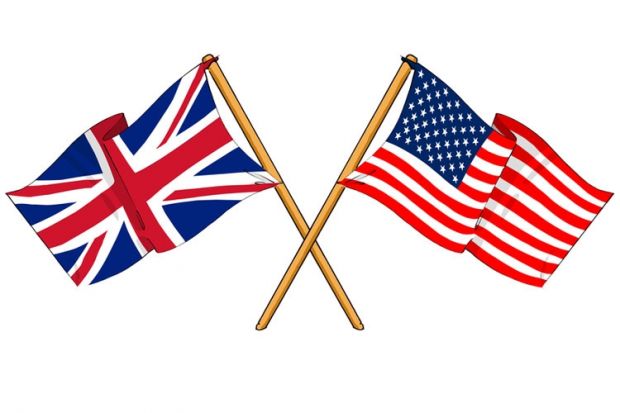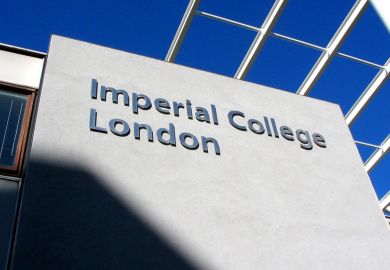A pioneering formal tie-up between a UK university and a US university promises to be much more than a “mountain that brings forward a mouse”, a vice-chancellor has pledged.
David Eastwood, vice-chancellor of the University of Birmingham, said that the strategic alliance between his institution and the University of Illinois at Urbana-Champaign was “probably unique at the moment in terms of its breadth and depth”.
It is thought to be one of the first substantive links between a US and a UK institution. University College London has a collaboration agreement with Yale University, but it is largely focused on biomedicine. Other major collaborations have taken place with other countries, such as the University of Warwick’s alliance with Australia’s Monash University announced in 2012.
Professor Eastwood said previous efforts to set up strategic international collaborations had typically adopted a “top-down” approach that had yielded little on the ground.
Instead, the Birmingham-Illinois collaboration – to be known as the Bridge alliance – will be built on four years of bottom-up growth in collaborative projects between the two universities, which now number about 25 in 14 disciplines.
According to Malcolm Press, pro vice-chancellor for research and knowledge transfer at Birmingham, the collaborations were encouraged by the provision of central funding on condition that schools and departments matched it – to make sure “we didn’t do anything that didn’t make academic sense to colleagues”.
He said the formal agreement guaranteed that both universities would promote the scheme and provide three years of further funding to explore additional collaborations, including in teaching and professional services.
“We are almost treating each other as preferred partners, particularly with regard to something like [the European Union’s research funding programme] Horizon 2020,” he said.
Professor Eastwood said the agreement with Illinois had arisen out of a deliberate effort to boost Birmingham’s research performance by fostering links with universities in the Chicago area.
This strategy, which has also resulted in ties with the University of Chicago and Northwestern University, was prompted by the existing relationship between the two “second cities” and a recognition that Chicago was “an area of outstanding universities that was probably underexploited by UK collaborators”.
He said that Birmingham – which also has a collaboration agreement with the University of Nottingham – was now close to having a “footprint” of some sort on every continent, which would be an essential attribute of future “global universities”. However, he still hoped to “deepen our engagement” with India and two other “significant” countries.
As well as boosting research performance and offering students a “globalised higher education experience”, such ties also boosted institutional reputation since “you are known by the company you keep”. Illinois was 29th in Times Higher Education’s 2013-14 World University Rankings, while Birmingham was 153rd.
Professor Eastwood said that without “very strong faculty-to-faculty collaboration, and funded research collaborations”, international collaborations can “look a bit like a trophy [gathering] strategy rather than something that is organic and, therefore, can really drive the universities”. “We have learned that to do it properly takes time, the right kind of senior leadership and upfront investment. Universities that don’t do that find they [only] have a kind of here-today-gone-tomorrow memorandum of understanding,” he said.





